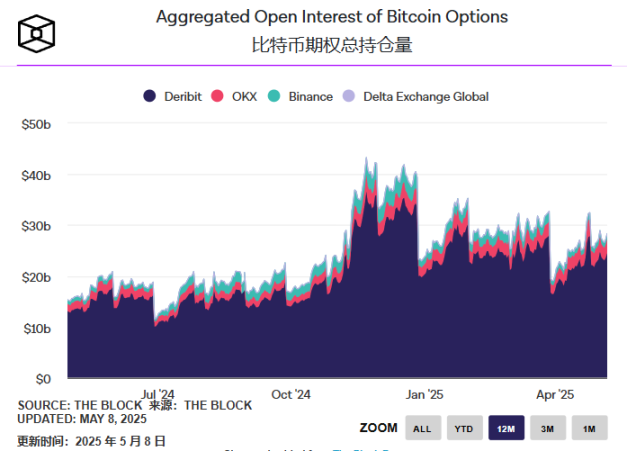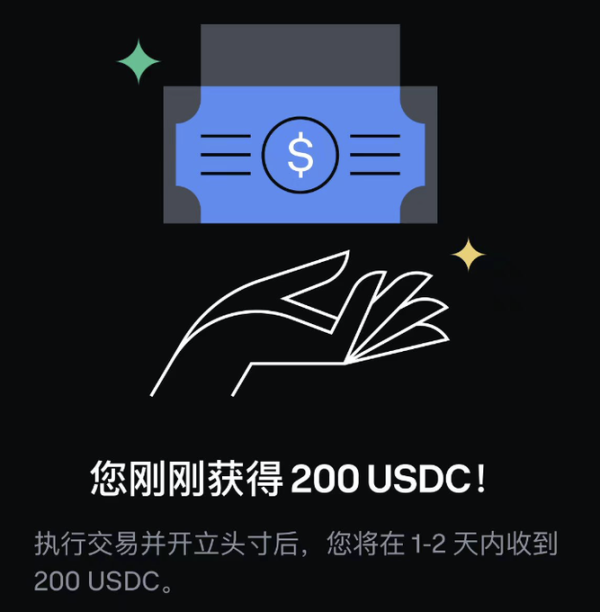Written by: Pzai, Foresight News
In recent years, compliant exchanges like Coinbase and Kraken have been competing in derivatives trading. On May 8th, Coinbase announced a record-breaking acquisition of Deribit for $2.9 billion, surpassing Kraken's $1.5 billion acquisition of NinjaTrader on March 20th, making it the largest single acquisition in the crypto space.
Coinbase's recent financial report shows a 24% year-on-year revenue growth in the first quarter of 2025, but a 10% quarter-on-quarter decline that fell short of market expectations (at $2.105 billion), with net profit plummeting 94% to $66 million. Trading revenue decreased by 19% to $1.2 billion, and trading volume dropped by 10%. Following the announcement, Coinbase's stock price rose 6%. According to Benchmark's analysis, the acquisition will enhance Coinbase Prime's platform and institutional attractiveness, gradually gaining crypto options pricing power. Will this acquisition trigger explosive growth in Coinbase's derivatives business and potentially salvage long-term stock expectations?
In the US market, Coinbase primarily focuses on spot trading, while Deribit, as an exchange specializing in derivatives, manages most of the crypto options trading volume. According to CoinGecko data, Coinbase and Kraken rank 33rd and 34th in derivatives trading, which lacks sufficient depth and liquidity to attract traders.

As a professional derivatives trading platform, Deribit focuses more on professional traders and institutions compared to crypto exchanges with massive user bases like Binance and Coinbase. Data shows its 2024 trading volume was nearly $1.2 trillion, with daily derivatives trading reaching $2.8 billion.
From a market structure perspective, derivatives trading has long been a pillar of the crypto industry. According to a Coinglass report, the global daily average crypto derivatives trading volume in 2024 reached hundreds of billions of dollars, far exceeding spot market trading. Among exchanges, there are significant market distribution differences. For example, Binance's daily trading volume reaches $110 billion, far surpassing Coinbase International's total contract volume. Therefore, Coinbase needs to find a platform to handle future crypto derivatives trading demand.
In terms of total open interest, Deribit has consistently maintained billions in options scale, accounting for over 90% of the total market. Coinbase is particularly interested in the financial benefits (trillions of dollars in options trading volume) and growth potential from large options positions. Coinbase also noted that Deribit has a "stable profit record" with consistently positive adjusted EBITDA, and expects further profit improvement after merger.

The acquisition includes $700 million in cash and 11 million Coinbase common shares. Based on Deribit's 2024 trading volume, its annual fee income is approximately $420 million (at a 0.035% rate), with a significantly lower price-to-sales ratio compared to peers (like Robinhood's 15x). Analysts predict that integrating Deribit will increase Coinbase's daily derivatives trading volume by 40%, diversify trading revenue, and potentially increase derivatives revenue share to over 30% by 2026. From a long-term perspective, this transaction offers substantial value.
Previous Coinbase strategic acquisitions included Xapo (wallet service, now Coinbase Custody), Tagomi (broker, now Coinbase Prime), FairX (compliant derivatives platform, transformed into Coinbase Derivatives), and One River Digital (now Coinbase asset management). This acquisition reflects that amid spot market contraction, the vast futures market can provide new growth opportunities for Coinbase.
Additionally, Deribit's long-term dependence on options business has led competitors to attract users by offering high leverage, low fees, and diversified derivatives (such as structured products and leveraged tokens). Through Coinbase's acquisition and integration, its global user base (especially institutional clients through Coinbase Prime) can complement Deribit's professional derivatives capabilities.
Enticed by such business scale growth, Coinbase has recently been generously "distributing coins" to users. In the past two weeks, a rumored Coinbase activity offering 200 USDC to new derivatives customers has spread like wildfire, attracting numerous users to the exchange. Due to region-specific participation requirements, it even triggered a rush for address verification.

According to Bernstein analysts, as the industry moves towards "one-stop" multi-asset platforms, crypto exchanges and brokers are making significant merger and acquisition moves. Coinbase continues to expand the business boundaries of compliant exchanges. With derivatives entry by compliant exchanges like Kraken and Coinbase, transitioning from spot-only to multi-directional trading, we can expect the crypto business lines in European and US markets to gradually improve, with the competition just beginning.








